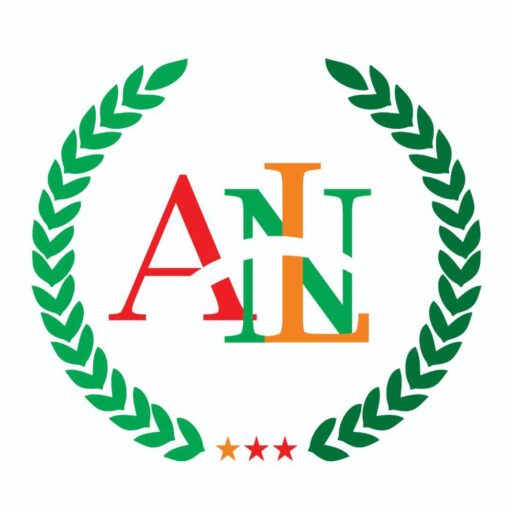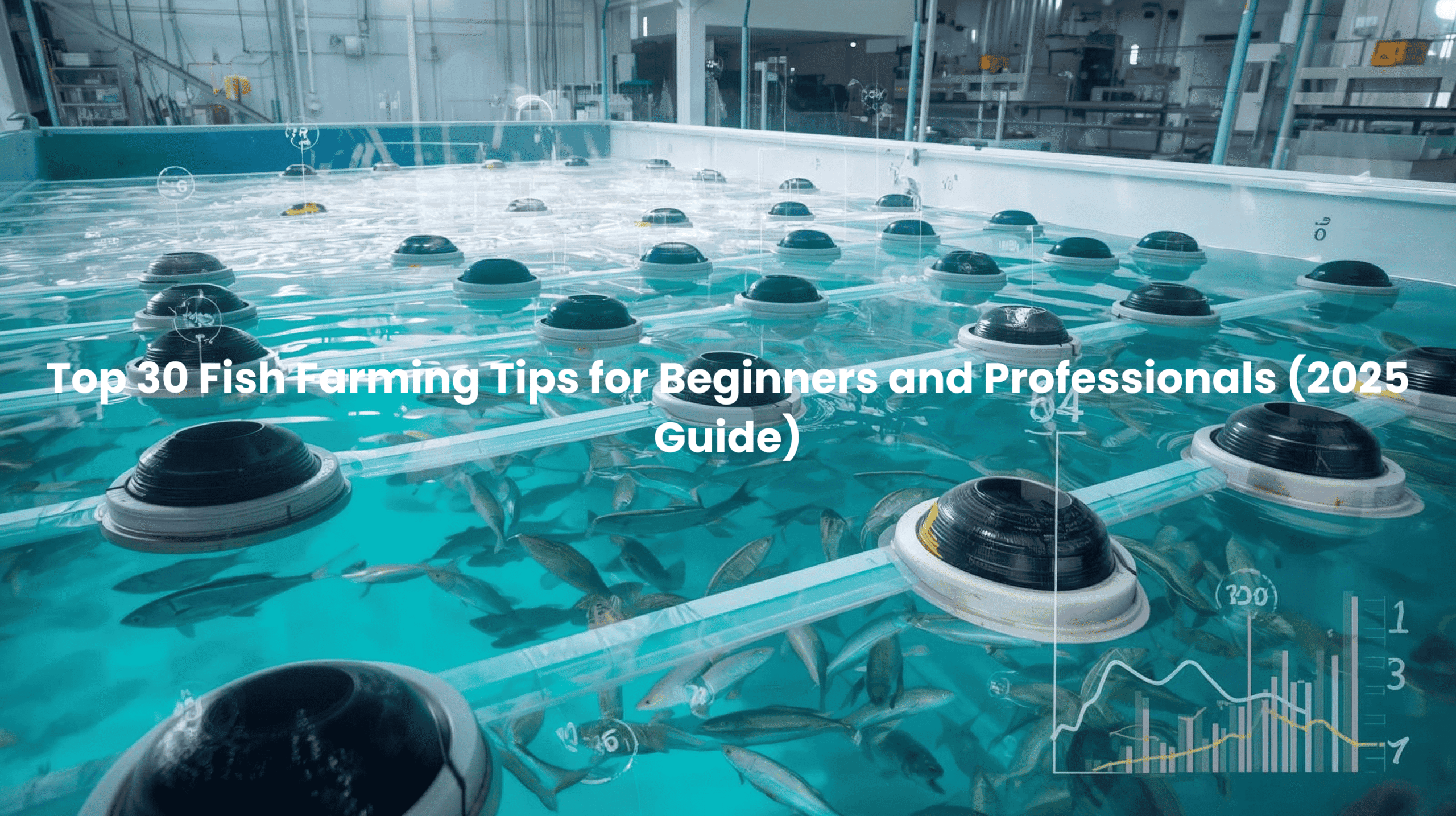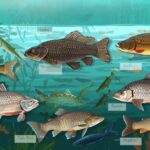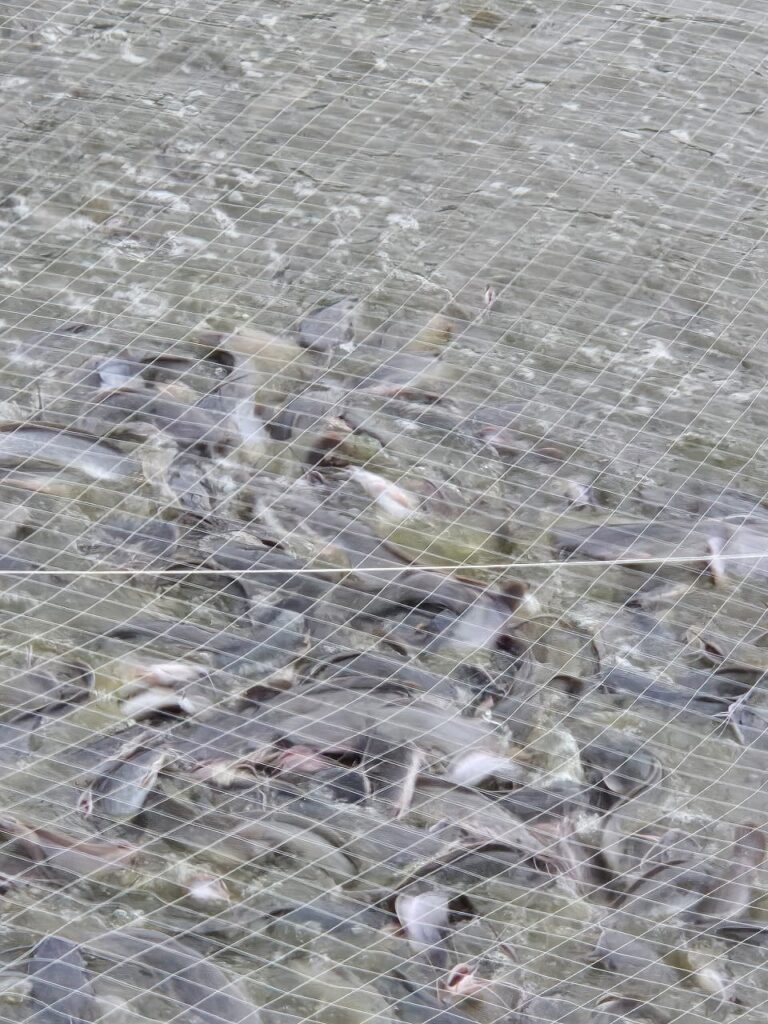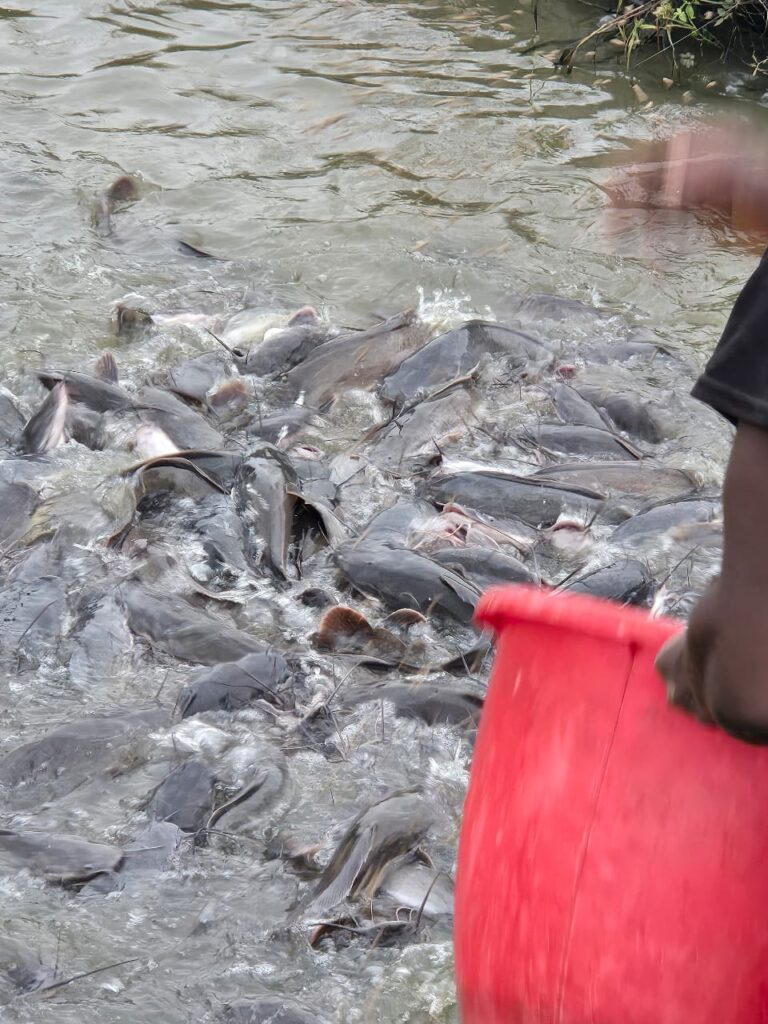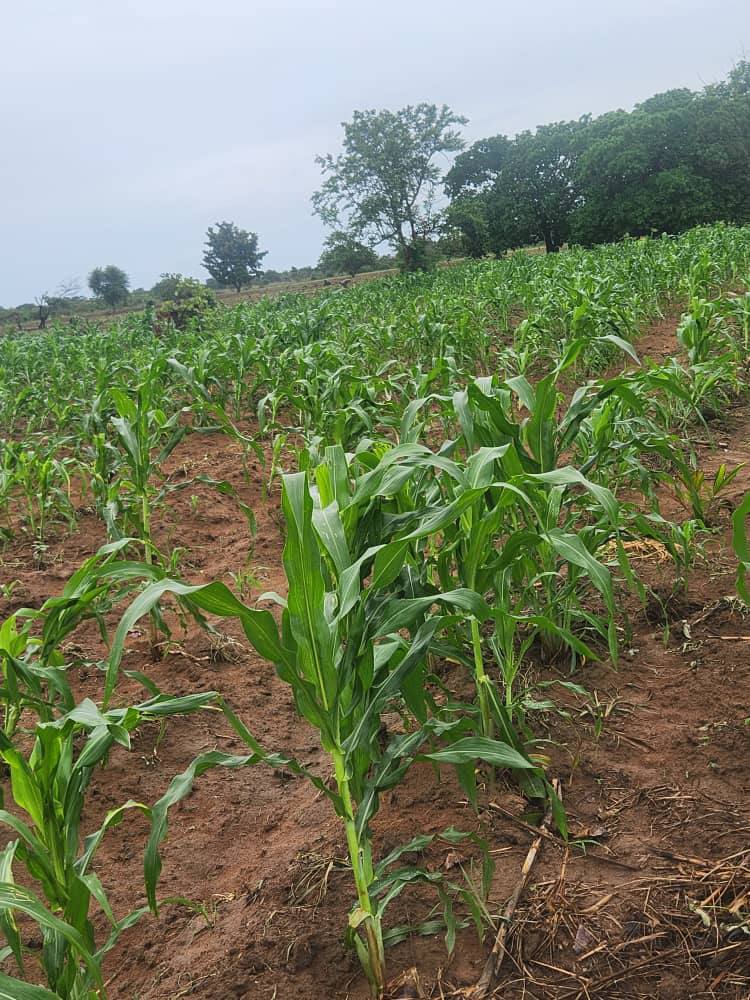Fish farming, also known as aquaculture, is the process of breeding, rearing, and harvesting fish in controlled environments, such as ponds, tanks, and cages, for commercial purposes. It is a lucrative and profitable business, driven by the rising demand for fish in Nigeria, which is one of the most affordable and accessible sources of protein. …
Fish farming, also known as aquaculture, is the process of breeding, rearing, and harvesting fish in controlled environments, such as ponds, tanks, and cages, for commercial purposes.
It is a lucrative and profitable business, driven by the rising demand for fish in Nigeria, which is one of the most affordable and accessible sources of protein. Beyond meeting nutritional needs, fish farming contributes to economic growth, food security, employment creation, and environmental sustainability.
In this article, we present the top 30 expert tips for running a successful fish farming business.
Tips for Fish Farming
Tips to Consider Before Selecting a Site for Fish Farming
- Choosing the Right Location
Location determines the success or failure of your fish farm. Look for areas with good soil fertility, strong water retention capacity, easy accessibility, and reliable infrastructure. Avoid polluted or industrial zones, as they can contaminate the fish. A good location also reduces transportation costs when moving the fish to the market. - The Construction of the Pond
Your pond design should match the land’s topography. Self-drainable ponds are best built on sloped lands because they make harvesting and water management easier. In swampy areas, reinforce the bunds with enough soil to prevent water leakage. Proper pond construction ensures durability and efficient fish rearing. - Accessibility of the Site
The fish farm should be easily accessible by road to enable smooth transportation of inputs like feed and equipment, as well as delivery of harvested fish to the market. Poor accessibility may lead to higher costs and fish spoilage before reaching the customers. - Water Quality
Clean, oxygen-rich water is crucial for fish growth. Test the water source for pH levels, dissolved oxygen, and harmful chemicals. Polluted or stagnant water can spread diseases and reduce productivity. Aim for water with a pH of 6.5–9.0, which is ideal for most fish species. - Water Supply
Consistency in water supply ensures healthy fish growth. Seasonal or unreliable water sources can stress fish, affect feeding, and reduce survival rates. It’s advisable to set up a reliable borehole or access to natural streams to guarantee availability throughout the year. - Soil Quality
The right soil prevents water seepage. Clay loam or silt clay soils are best because they hold water effectively. Sandy or rocky soils will drain water, making pond maintenance expensive. Before construction, conduct a simple soil test to confirm suitability. - Climate Conditions
Climate directly affects water temperature and fish metabolism. Study rainfall patterns, humidity, and average temperatures in your area. Catfish, for example, thrive in warm temperatures, while cooler climates may slow growth rates. - Topography
Avoid areas prone to flooding, which can wash away your fish and damage ponds. Similarly, areas with very low rainfall may not sustain your farm. Choose moderately elevated land with natural drainage. - Biological Factors
The type of fish you want to farm will determine the location. Ensure the availability of fingerlings, seeds, and feed nearby to cut down costs. Also, consider whether there are hatcheries and feed suppliers within reach. - Land Ownership
Secure land ownership before starting. Renting land can cause future disputes or eviction, which may destroy years of effort. If possible, purchase the land outright to ensure long-term investment security. - Sunlight Exposure
Fish ponds require adequate sunlight for natural feed production, like plankton. Position your pond in an open, well-lit spot to enhance growth while making it easier to monitor fish and prevent intruders. - Leverage Sloping Land
Building on sloping land reduces construction costs since less soil needs to be dug. It also makes drainage and water management easier, which is essential for pond maintenance.
Methods of Fish Farming
- Cage System (Net Offshore Farming)
In this system, fish are grown in cages or nets placed in natural water bodies like lakes, rivers, or reservoirs. The advantage is that fish benefit from natural water flow and oxygen levels. However, strong monitoring is needed to prevent theft and predator attacks. - Pond System
This is the most common and cost-effective method. Fish are bred and raised in artificial ponds where feeding, breeding, and water quality can be controlled. It gives farmers greater control over production and disease prevention. - Composite Fish Culture
This involves raising multiple species in one pond to maximise resource use. For instance, surface feeders, bottom dwellers, and middle-zone feeders can coexist. This method boosts productivity and reduces the risks of total loss if one species fails. - Integrated Recycling System
This eco-friendly method combines aquaculture with hydroponics. Fish wastewater fertilises crops, while plants purify the water before it returns to the tanks. This system reduces water usage and boosts sustainability. - Flow-Through System (Classic Fry Farming)
Fish fry (baby fish) are reared in streams or canals where fresh water flows continuously. This method provides natural conditions but requires consistent monitoring of water flow and quality.
Infrastructure and Resources Needed
- Pond Construction
A pond is the heart of fish farming. Proper design ensures good water retention, drainage, and aeration. A poorly constructed pond may lead to water leakage, disease outbreaks, and financial losses. - Breeding Considerations
In areas without a consistent water supply, choose fast-growing, hardy species like catfish or tilapia. Early maturing species help maximise production despite environmental challenges. - Water Supply Reliability
Fish require constant, fresh water. Boreholes, streams, or rivers should be considered depending on location. In areas with seasonal water, storage tanks or reservoirs can help.
Fish Farming Best Practices
- Selecting the Right Species
Popular species in Nigeria include catfish, tilapia, and carp. Research market demand before investing. Catfish, for instance, sells fast locally, while tilapia may appeal more to international buyers. - Raising Multiple Species
Polyculture helps reduce risks and makes better use of resources. If one species fails due to disease, others may still survive, ensuring continuous profit. - Sources of Fish Feed
- Natural Feed: Plankton, snails, and worms are available in the pond.
- Supplementary Feed: Bran, maize, and groundnut cake.
- Complete Feed: Nutritionally balanced feed formulated for fast growth.
- Use of Quality Feed
Avoid low-quality feeds, as they slow growth and increase mortality. Invest in high-protein, well-formulated feed for higher returns. - Maintaining Pond Hygiene
A clean pond reduces the risk of infections like bacterial and fungal diseases. Regularly remove waste, check water quality, and disinfect ponds when necessary. - Use of Fish Graders
Grading prevents bigger fish from eating smaller ones. It also allows uniform growth and reduces competition for feed. - Fish Pumps and Elevators
These tools make harvesting easier, especially on large farms. They also reduce stress and injuries to fish during handling. - Choosing the Right Fish Diet
Provide a balanced diet rich in protein, fats, vitamins, and minerals. Proper nutrition ensures strong immunity, rapid growth, and high survival rates. - Harvesting
Harvest fish when they reach market size. For catfish, this is usually after 4–6 months. Timely harvesting prevents overcrowding and ensures steady cash flow. - Marketing
A successful fish farm is not just about production but also sales. Build strong relationships with local markets, restaurants, hotels, and retailers. Branding and packaging can also increase sales value. Educate people on social media and on your website about fish farming and provide your own solutions to solve their problems.
Conclusion
Fish farming is one of the most profitable agricultural ventures in Nigeria. By selecting the right location, using proper methods, and applying best practices, farmers can maximise returns and minimise risks.
These 30 tips provide a roadmap for beginners and experienced fish farmers alike. With consistency, planning, and dedication, aquaculture can become a long-term source of wealth and food security.
Want to learn more? Contact our team for expert advice and quality feedback using the contact form.
